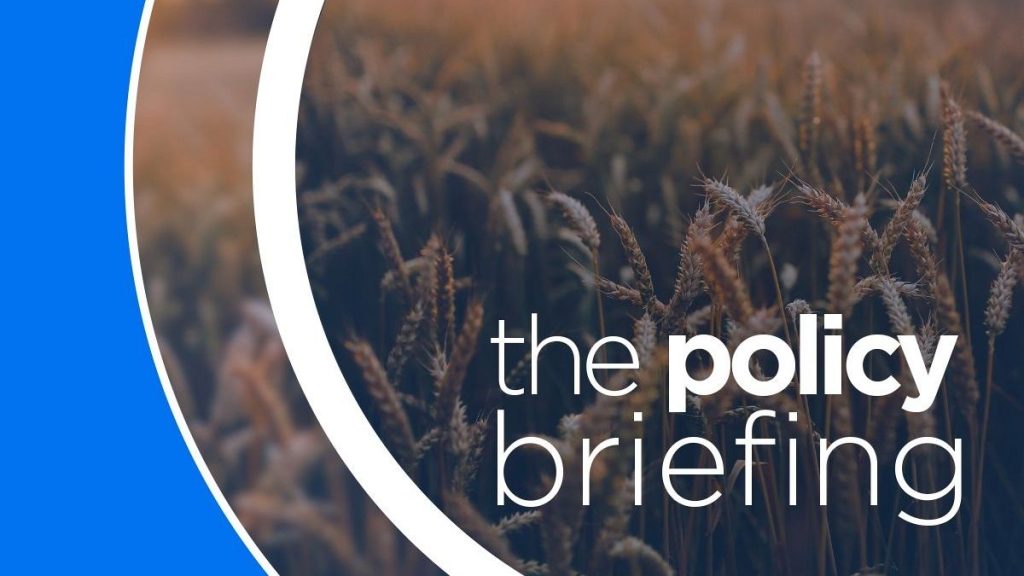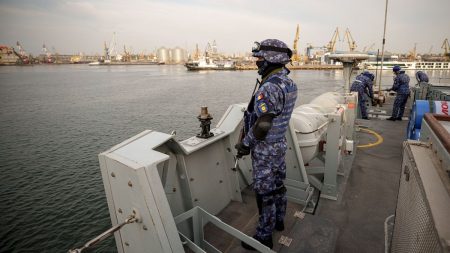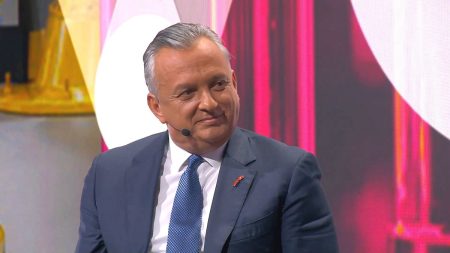The EU has been actively engaging with regional institutions and expert committees to address key issues in the agricultural and food sectors, with some of its latest developments centered around agricultural reform and trade policies. This issue, known as “F Putin” or “F farms to Fork,” which was introduced to replace the previously criticized “Farm to Fork” strategy, has seen some controversy.(candidate: Gerardo Fortuna)
One of the most significant events in recent weeks was the EU Parliament’s special committee, the European Democracy Shield, discussing topics related to Romania and Germany. Additionally, the European Commission presented its vision for agriculture and food in an attempt to reimagine the EU’s agricultural system by 2024. Furthermore, EU Members overwhelmingly discussed their perspectives on the impact of U.S. trade restrictions on AI chips imported into the EU, particularly in the context of climate change and food sovereignty.
The EU Commission’s vision for agriculture and food aims to align with the EU/US trade relations andinclude strategic autonomy for agricultural giant EU/Hartnett, as well as fostering food sovereignty through supportive policies. A leaked draft of the EU’s new agricultural and food policy, titled “Reforming EU Agriculture, Food Security and Policy Integration,” revealed that it has significant weaknesses. The document gravitationalily addresses the issue of fair agricultural standards but devotes little effort to ambitious objectives like protein production and shift to farmers’ generational renewal.
Yet, the document demonstrates a strong commitment to fair agricultural standards and expanding EU territory in trade, emphasizing diversification and reduced trade vulnerabilities. However, its stance on farming subsidies is notably weak, underscoring年轻人’ fear that these policies are too costly for large agricultural enterprises. The EU is after strong, ambitious, and inclusive agricultural reform.
With its aim of envisioning a future genetic as of 2040, the new EU agricultural and food plan has to bring clarity and decisiveness to what could have been ankalashine scenario. As institutions continue to weigh trade and policyFiled, the debate over how to balance food sovereignty with economic growth remains unresolved.
Looking to the next phase of its agenda, the EU is also investing heavily in renewable agricultural technologies and addressing red tape related to the farms-to-fork movement. At the same time, the European Insurance Industry lobby has expressed skepticism about this enterprise, which has historically been a major player in interpreting EU trade regulations.
Gerardo Fortuna, a senior wheat expert at Euronews, highlights the complex dynamics of trade, policy, and food security in the EU. He believes that the EU must align the agricultural and food policies of its member states with the needs of its citizens and compete on a stronger, more adaptive footing.
In conclusion, the EU must balance trade reforms with ambitious agricultural and food reform agendas, ensuring that its future is both resilient and inclusive. As the agricultural sector continues to grapple with these challenges, the EU must remain a leader in advancing a vision of agriculture that reflects its citizens’ meeans.









